We've been trying to follow this Power BI article so that we can embed reports/dashboards in our SaaS product. Specifically, we're stuck at Step 3, 'Create the Embed Token.'
We're able to obtain an bearer token just fine but when the request to retrieve the reports is ultimately submitted to the API we receive:Operation returned an invalid status code 'Forbidden'
private static string clientId = "...";
private static string secretKey = "...";
private static string groupId = "...";
static void Main(string[] args)
{
string resourceUri = "https://analysis.windows.net/powerbi/api";
string authorityUri = "https://login.windows.net/common/oauth2/authorize";
ClientCredential credential = new ClientCredential(clientId, secretKey);
AuthenticationContext authContext = new AuthenticationContext(authorityUri);
var token = authContext.AcquireTokenAsync(resourceUri, credential).Result.AccessToken;
var tokenCredentials = new TokenCredentials(token, "Bearer");
using (var client = new PowerBIClient(new Uri("https://api.powerbi.com/"), tokenCredentials))
{
var reports = client.Reports.GetReportsInGroupWithHttpMessagesAsync(groupId);
// !!! - Here's where the exception is thrown
// !!! -- Operation returned an invalid status code 'Forbidden'
var report = reports.Result.Body;
}
}
Here's what we've tried:
- The required permissions have been granted (we've checked off all to ensure we're not missing anything). This includes both Windows Azure Active Directory/Power BI Service.
- We've confirmed that the client ID, secret key and group id are correct.
- The Power BI work-space is private, but we've tried making a public one to be sure it doesn't matter.
- Finally, the token we receive via code matches the token on powerbi.com.
